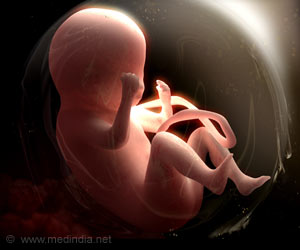A new study has found that the quality of care given to a child within the first two years of life directly affects brain development and IQ.
A new study has found that the quality of care given to a child within the first two years of life directly affects brain development and IQ.
Led by researchers from Tulane University, a team of investigators followed abandoned young children in Romanian orphanages over time.The researchers found that children placed in foster care at younger ages had significantly higher IQ than those placed in foster care after the age of 2.
"Our findings suggest that there may be a sensitive period in the first two years of life in which experiences are especially important in shaping cognitive development. This work adds to a growing body of scientific evidence about the importance of early relationship experiences,” said principal investigator Charles Zeanah, professor and chief of child psychiatry at Tulane University School of Medicine.
During the study, the researchers tracked 136 kids between the ages of six months to 30 months who had been abandoned at birth or soon thereafter, and placed into institutions in Bucharest, Romania.
They trained social workers and recruited Romanian families to provide foster care for half the children who were randomly selected.
It was found that kids placed in foster care within the first 18 months of life had the greatest gains in cognitive development, as compared to those placed in foster care later.
Advertisement
The cognitive developments were less impressive for kids placed in foster families between the ages of 24 to 30 months. Such children had an average IQ of 80, while tots placed with foster families after 30 months had an average IQ of 79.7.
Advertisement
The researchers said that the results of the study might have implications for countries grappling with how best to care for abandoned, orphaned and abused children, and re-enforce policies that favour foster families over institutionalised care for very young kids.
The study has been reported in the journal Science.
Source-ANI
LIN/M






